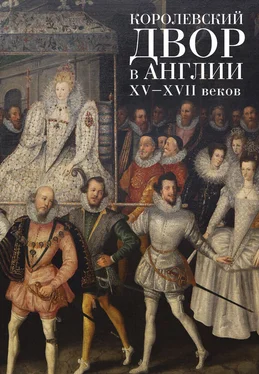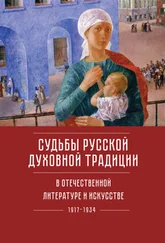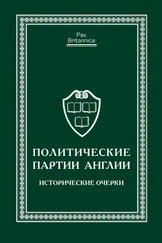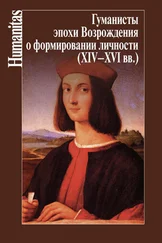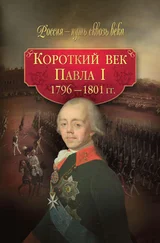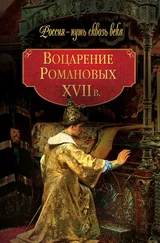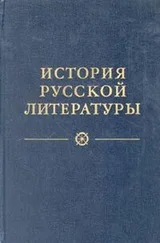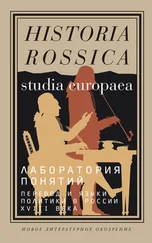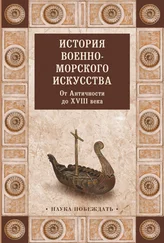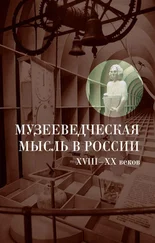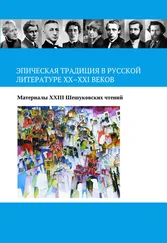Geertz С. Local Knowledge. P. 125.
Turner V. Dramas, Fields and Metaphors. P. 208.
Turner V. Dramas, Fields and Metaphors. P. 207.
Lydgate J. A Poem by John Lydgate, Monk of Bury, Describing the Expedition of Henry the Fifth into France in 1415, the Battle of Agincourt and the King’s Reception into London on His Return//A Chronicle of London, from 1089 to 1483 / Ed. by N. H. Nicolas, E. Tyrrell. London, 1831. P. 216–234.
Gesta Henrici Quinti / Ed. by F. Taylor, J. S. Roskell. Oxford, 1978.
Такое число приводит анонимный автор «Славных деяний» (Gesta Henrici Quinti. P. 98), но выглядит оно крайне сомнительным.
Gesta Henrici Quinti. P. 100.
A Poem by John Lydgate… P. 231.
Kipling G. Enter the King. P. 205.
Incipit commendacio anime // Sarum Missale / Edited from three early manuscripts by J. W. Legg. Oxford, 1916. P. 428–430.
A Poem by John Lydgate… Р. 232.
«Ad sacrificium Deo gratum de data Victoria» (Gesta Henrici Quinti. P. 106). – Сама идея того, что Бог даровал победу Генриху, вряд ли свидетельствует о его скромности – настойчивое повторение этой мысли в придворной пропаганде скорее должно свидетельствовать об особых отношениях Генриха и Бога, когда король превращается в земного агента Его воли. В дальнейшем эта идея была подхвачена Шекспиром: «Не нам за то, а Господу хвала!» (Генрих V. Перевод Е. Бируковой). Скромность Генриха должна была поддержать еще один миф – о его преображении после коронации и распутстве в молодости.
Housley N. Pro deo at patria mori: Sanctified Patriotism in Europe, 1400–1600//War and Competition between States/Ed. by P. Contamine. Oxford, 2000. P. 225.
Gesta Henrici Quinti. Р. 108.
Kipling G. Enter the King. Р. 63.
Gesta Henrici Quinti. Р. 110.
Gesta Henrici Quinti. Р. 110.
Kipling G. Enter the King. Р. 208.
Fox К. The Representation in the Gesta Henrici Quinti // York Medieval Yearbook. 2003. Issue 2 // URL: http://www.vork.ac.uk/teaching/historv/pipg/vearbook2.htmP.11 (свободный доступ).
Gesta Henrici Quinti. P. 112.
Kipling G. Enter the King. P. 209.
Аммиан Марцеллин. Римская История. XVI. 10. 9-10; Gesta Henrici Quinti. P. 112.
Fox K. The Representation in the Gesta Henrici Quinti. P. 13–14.
Zaho М. Imago Triumphalis: The Function and Significance of Triumphal Imagery for Italian Renaissance Rulers. New York, 2004. P. 26–27.
Геннеп А. ванн. Обряды перехода. М., 1999. С. 24–25.
Withington R. English Pageantry. Vol. I. P. 141.
Kipling G. Enter the King. P. 168.
См. комментарии на главу 20 Евангелия от Матфея в «Catena Аигеа» св. Фомы Аквинского.
Lydgate J.The Comynge of the Kyng out of Fraunce to London by John Lydgate the Monk of Bury // А Chronicle of London, from 1089 to 1483. P. 236–251.
Lydgate J.The Comynge of the Kyng out of Fraunce… P. 236.
Ibid. P. 237.
Lydgate J.The Comynge of the Kyng out of Fraunce… P. 238.
Ibid. P. 239.
Ibid. P. 240.
Kipling G. Enter the King. P. 148–149.
Lydgate J.The Comynge of the Kyng out of Fraunce… P. 241.
Thomas Aquinas. Summa Theologiae. Secunda Secundae Partis.
Lydgate J.The Comynge of the Kyng out of Fraunce… P. 241.
Thomas Aquinas. Summa Theologiae. Secunda Secundae Partis.
Coronet te Deus corona gloriae //Legg L. G. W. English Coronation Records. Westminster, 1901. P. 96.
Правильнее – Абу Масар или Абу Машар, полное имя Абу Машар Джафар ибн Мухаммад ибн Умар аль-Балкхи. Традиционно астрономию представлял Птолемей. Однако популярность персидского астронома VIII–IX века в Средние века была огромна после того, как его труды были переведены в 1133 г. на латынь Иоанном Севильским и, особенно, в 1140 г. Германом Далматским под названием «Введение в Астрономию». Абу Масар получил титул «принц астрологов», а в Англии оказал влияние на Чосера и Гоуэра. – См.: Zoller R. Abu Mashar: Prince of Astrologers // URL: http://www.new-librarv.com/zoller/features/rz-article-abumashar,shtml#1(свободный доступ); Wedel T. O. The Medieval Attitude Toward Astrologv, Particularv in England (1920). Whitefish, 2003. P. 132, 134.
Withington R. English Pageantry Vol. I. P. 147.
Геннеп А. ванн. Обряды перехода. С. 129–130.
Kipling G. Enter the King. P. 237–239, 152.
Бойцов М.А. Величие и смирение. Очерки политического символизма в средневековой Европе. М., 2009. С. 25–36.
MacCormack S. Change and Continuity… P. 748.
Элиаде M. История веры и религиозных идей: В 3 т. Т. I. От каменного века до Элевсинских мистерий. М., 2002. С. 206.
Lydgate J.The Comynge of the Kyng out of Fraunce… P. 244.
Kipling G. Enter the King. P. 162.
Lydgate J.The Comynge of the Kyng out of Fraunce… P. 244.
Ibid. P. 245.
Уитингтон предположил, что здесь имеет место ошибка в описании Лидгейта, поскольку Сострадание и Милость уже были в предыдущих сценах (Withington R. English Pageantry. Vol. I. P. 146), однако повторы вполне возможны. Их наличие показывает, что сцены были ориентированы не только на монарха, но, во многом, и на зрителей в толпе, которые не видели предыдущие сцены.
Читать дальше
Конец ознакомительного отрывка
Купить книгу
